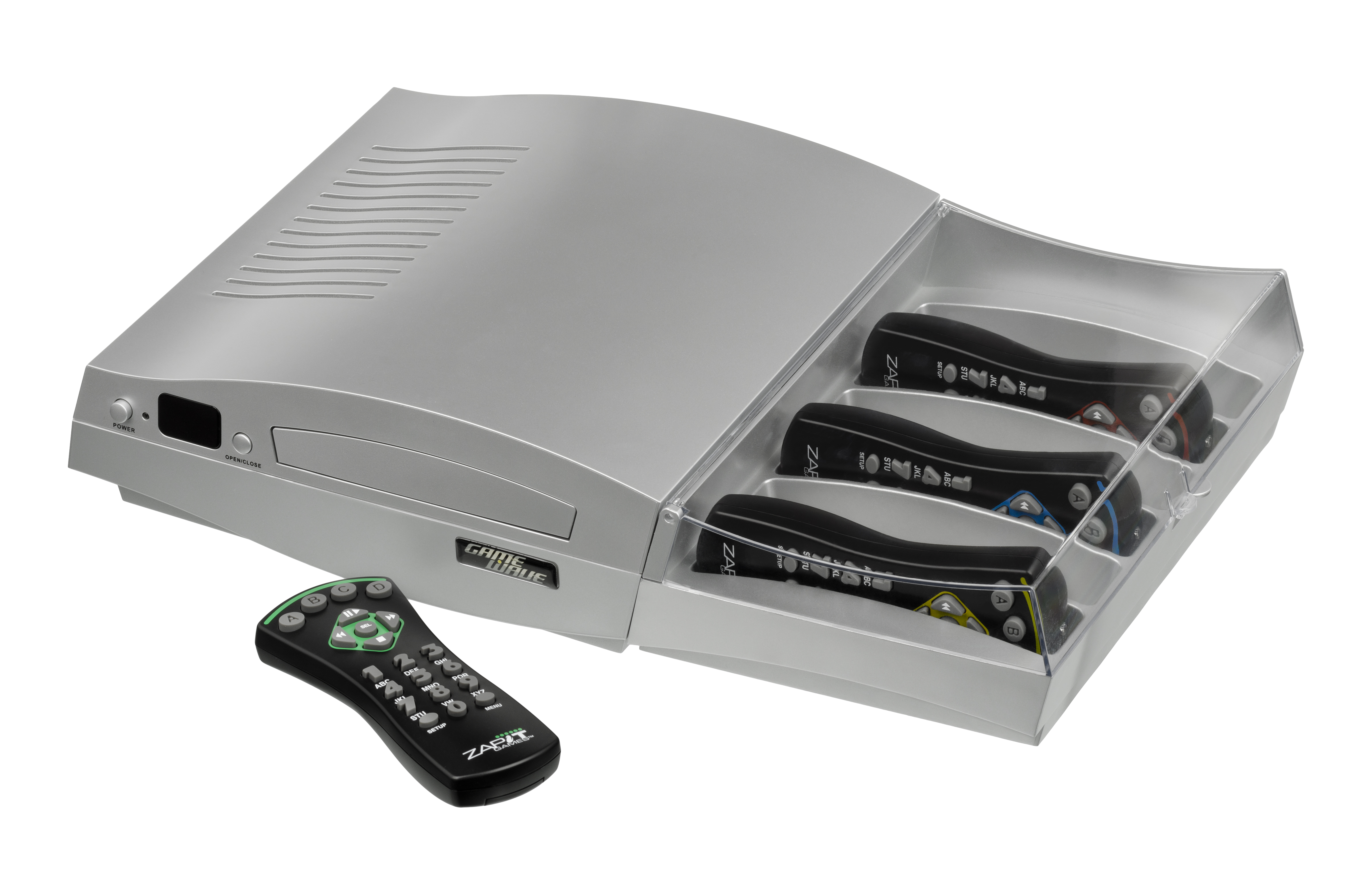Sixth Generation Computers Wikipedia
A sixth-generation jet fighter is a conceptualized class of fighter aircraft design more advanced than the fifth-generation jet fighters that are currently in development. Several countries have announced the development of a sixth-generation aircraft program, including the United States, China, United Kingdom, Russia, Japan, Germany, and France. In sixth generation of computers, we have actually seen the birth of artificial intelligence. It is a regime of programming where computers are enabled with a self-organize feature, so that they can immediately react to environment around them. Today, computer devices differ from earlier generations in terms of processing speed, size. Computer Generations Generation in computer terminology is a change in technology a computer is/was being used. Initially, the generation term was used to distinguish between varying hardware technologies. But nowadays, generation includes both hardware and software, which together make up an entire computer system.
Seventh Generation Inc.'s Dan O'Shaughnessy spent his summer workdays capturing sunshine.
The IT technical support analyst had rigged up two RV-type solar panels, a marine battery and an inverter to power his laptop and 17-inch monitor.
It's not the typical setup at Seventh Generation, but O'Shaughnessy says everyone there is constantly looking for such innovations.
Sixth Generation Computers Wikipedia 2017
'It's part of our consciousness, so we think about it in everything we do,' says Nancy Stoddard, vice president of IT.

The Burlington, Vt.-based company sells eco-friendly consumer goods, so the corporate culture supports socially responsible policies all around. But Stoddard says there hadn't been a focus on green IT, because up until 2005, the company didn't have an IT department. That changed when Stoddard came on board four years ago, determined to build the company's infrastructure with an eye toward function as well as the environment.
Stoddard and her team have logged quite a list of accomplishments.

They've moved workers from desktop PCs to more-energy-efficient laptops, and they buy laptops with EPEAT Gold certifications -- meaning they meet certain environmental standards -- rather than cheaper models. They've also virtualized their servers, trimming the number from eight to three and halving energy consumption.
They removed personal printers and set up three all-in-one printers in a copier room where air is vented outside to draw out the toxins from the printers. The IT workers are looking at using outdoor air to cool the server room, which could eliminate the need for air conditioning up to nine months a year. They're piloting a solar backpack that can charge handhelds. And they're planning to replace some laptops with thin clients, which use less energy while providing many workers with all the functionality they need.

Forrester Research Inc. analyst Christopher Mines characterizes some of Seventh Generation's initiatives as leading-edge practices, including its use of thin clients and its adoption of procurement policies that consider not just a product's energy needs but the environmental impact of its material and packaging as well.
'Green IT is just as much about process as it is about technology,' he says.
Sixth Generation Of Computer
Pratt is a Computerworld contributing writer. You can contact her atmarykpratt@verizon.net.
Next:No. 9: Office Depot reduces its greenhouse gas emissions by 10.1%